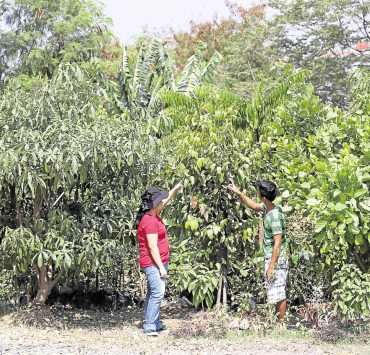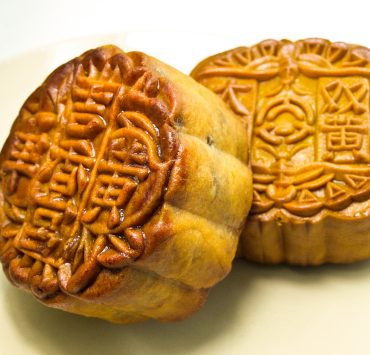If there’s one type of writing I always back out of doing, it would be food writing. It’s ironic how my job usually covers food content and I’m nowhere likely to be found producing one (well, not yet). Whenever I try to approach food writing, there’s always that daunting feeling that I need to have a comprehensive adjectives-for-food dictionary.
But no, food writing isn’t all just that.
The recent food writing workshop by Ayala Museum taught me several things about exploring different styles and techniques in writing about food. Ginny Mata, a former English instructor at the University of the Philippines, led the workshop with a question: “Why do you want to write about food?”
The variety of answers from the attendees can be drawn to what they want to achieve after the workshop: an accountant plans to start a food blog, a coffee business owner wishes to write about her bean produce, and a student wants to help her father write about their own German restaurant.
There are many reasons why one wants to learn food writing and you don’t strictly need to be a food critic or food historian to try writing one.
In an essay on Philippine food and culture by Doreen Fernandez, she mentioned that “writing about food is not a matter of dipping into the thesaurus to discover many ways to say ‘tasty,’ instead, it means digging deep into human experience, because tasting, eating, and savoring are very intimate ventures.”
Journalist and food-writing instructor, Dianne Jacob, mentioned in her book, “Will Write for Food” that “the idea of food writing is a separate discipline is false.”
Like any other writing areas, food writing also means recounting, reporting, and finding the right details, as well as, including the context of the story with food as your subject.
For anyone who still thinks that food writing requires an extensive food dictionary, let these points guide you that food writing is more than just that:
Write with your senses
What all food writing has in common is its ability to stimulate the senses. When writing about food, it’s important to notice that the words you choose must reverberate. You can enumerate what the food consists of to provide imagery among your readers. Also, evoking an understanding of food writing does not need too many adjectives.
For instance, in Fernandez’s “A Hometown Halo-Halo,” the description was: “It is the simplest of halo-halo. The ice is bagong kaskas.” This depicts the distinctive rasp of ice as one waits for his halo-halo.
Use poetic imagery and metaphor
In order to convey culture and identity toward your food writing piece, it’s also notable to use poetic imagery and metaphor. Though there are limitations to incorporating such figures of speech, you must be able to balance it with the concrete points you made with the food.
As Fernandez wrote: “Food can be and has been written about as if it were jewelry, or flowers, or love.”
Be careful of purple prose and clichés
There is a common tendency of overly describing food to the point that it weakens one’s writing. The excessive use of adjectives and careless mixing of flowery metaphors may lead to a different understanding. As Los Angeles Times writer Russ Parsons said, “the idea is not to be flashy, but elegant.”
Keep a taste journal
To expand your vocabulary, make your own taste journal. Whenever you go out and try new food, try listing them out and how it tastes like, making your own anthology of food taste. This can also serve as your personal food database.
Establish your voice
Just like any other writing pieces, establishing your voice is an important element in writing. This is what makes you authentic, as well as, convey your personality and flair.
The food writing workshop was held at the Holiday Inn & Suites, Makati. Holiday Inn’s weekend promo for its rooms is available throughout September. For more details, visit makati.holidayinn.com
Get more stories like this by subscribing to our weekly newsletter here.
Read more:
Remembering Clinton Palanca, who made food writing into an art form
A glossary of terms you need to stay woke in 2019
Banli, busa, sangkutsa, and other essential Filipino cooking terms you need to know
Writer: BEA NICOLE AMARILLE
ART LEVENSPEIL SANGALANG




